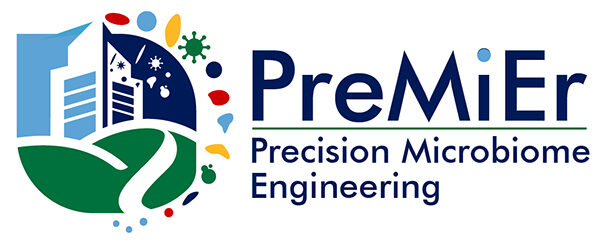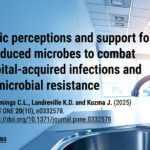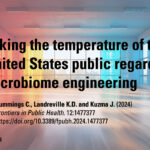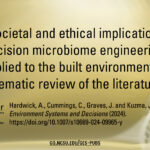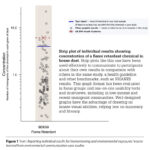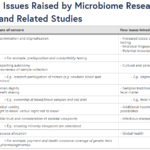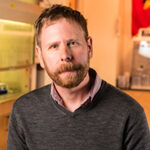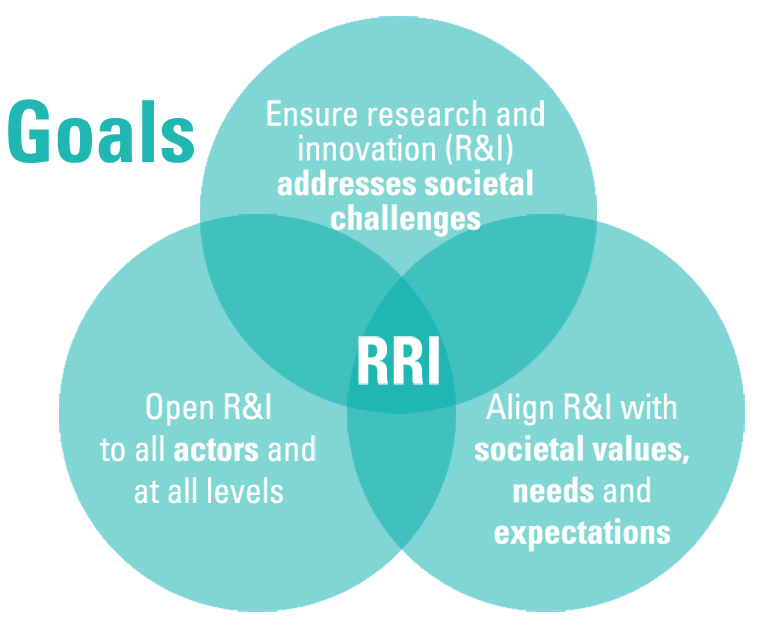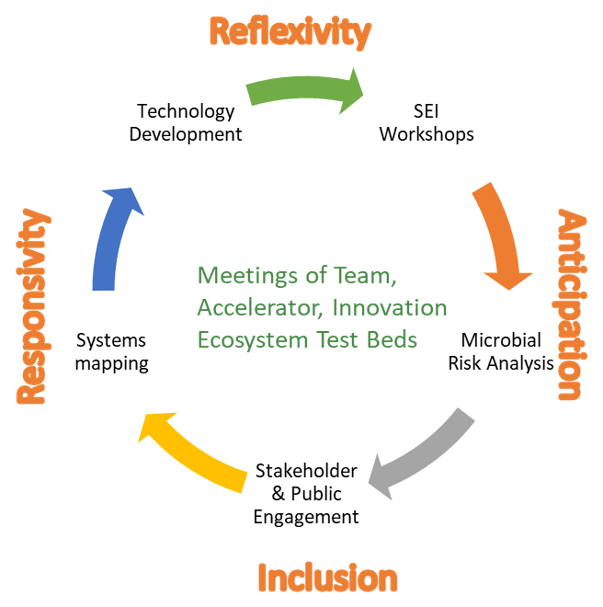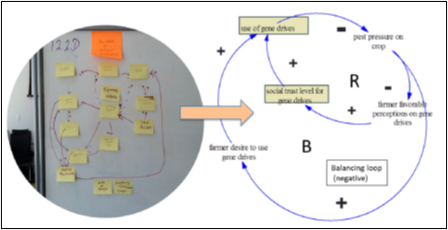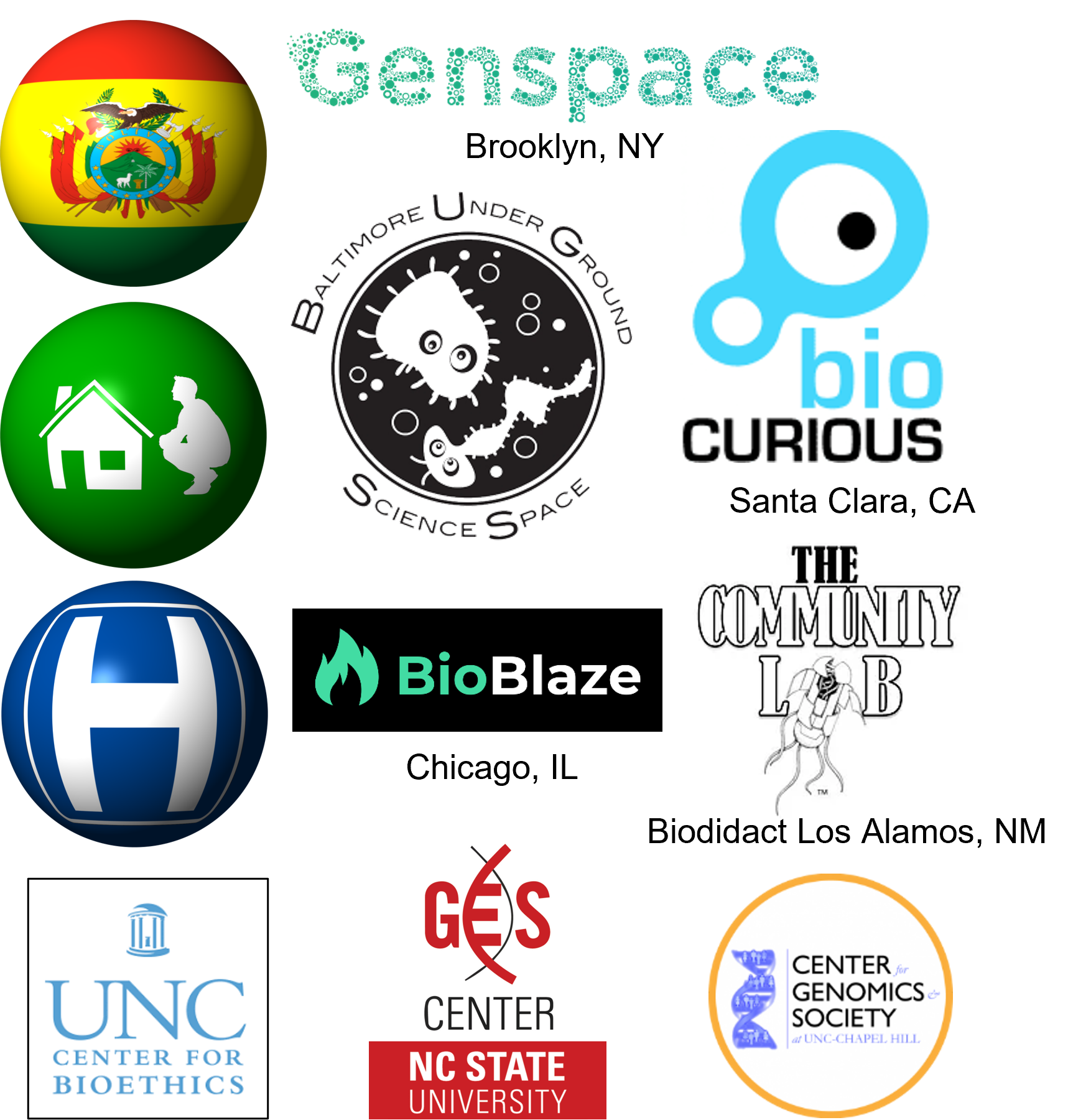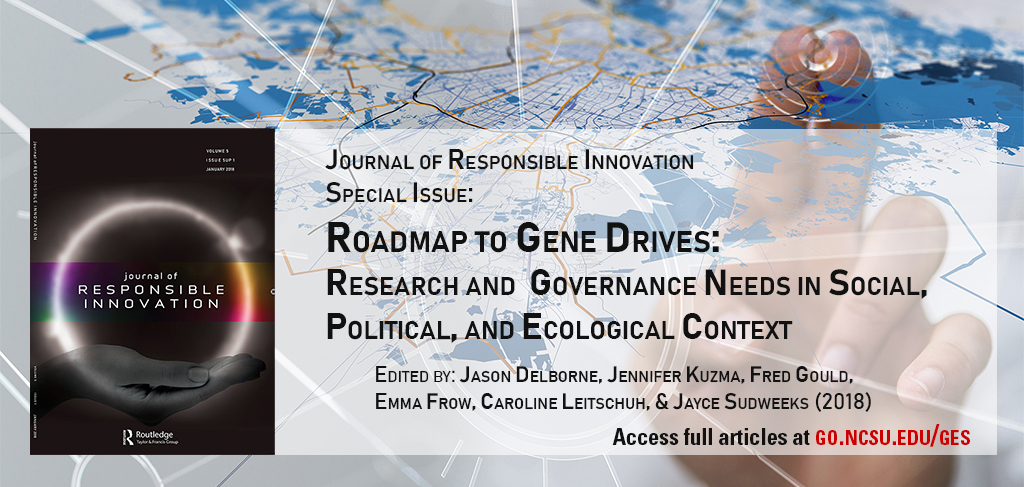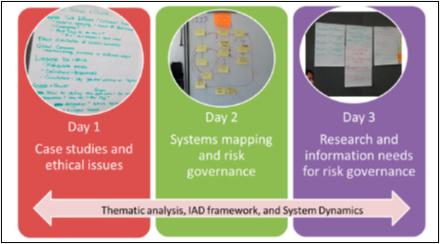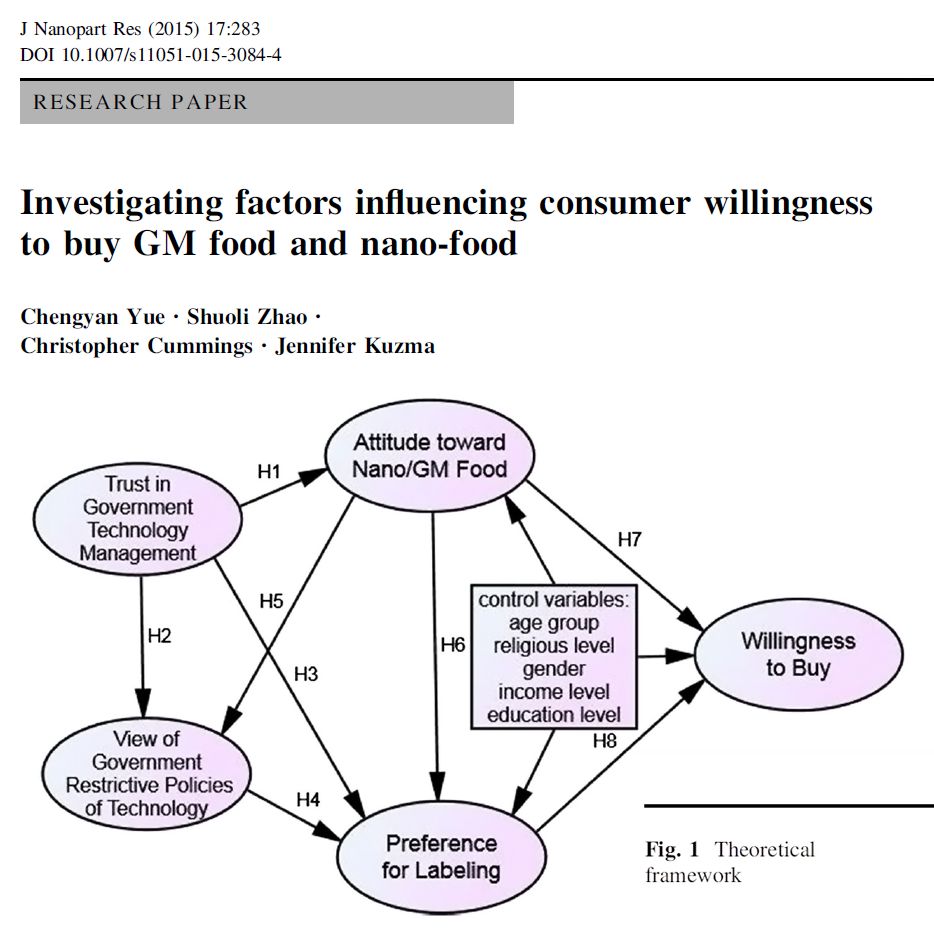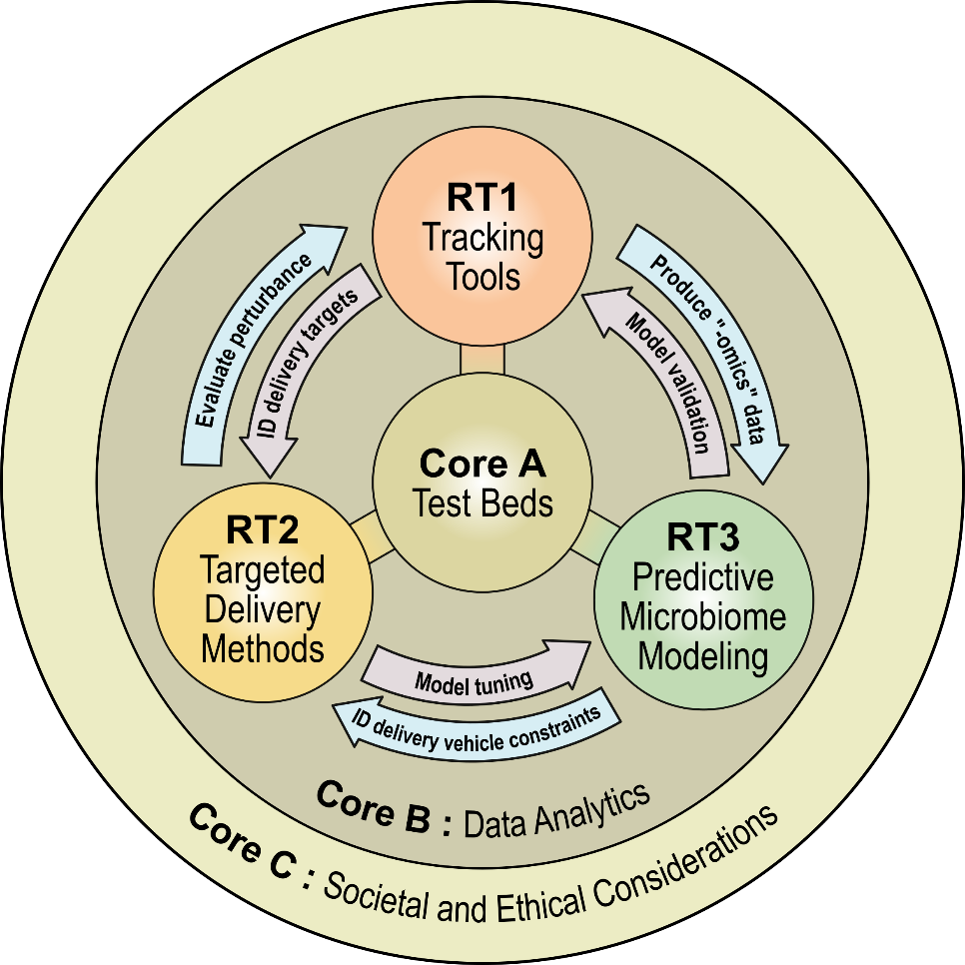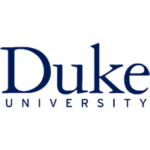This page contains an overview of NC State’s efforts and of PreMiEr’s Social and Ethical Implications (SEI) research focus. Visit the full PreMiEr website to learn more.
About
PreMiEr will develop an integrated framework that advances microbiome technologies and enables the bioinformed design of smart and healthy built environments.
The Center for Precision Microbiome Engineering (PreMiEr) is a National Science Foundation (NSF)-funded Engineering Research Center (ERC) (Award # 2133504) led by Duke University in collaboration with NC State University, North Carolina Agricultural and Technical State University (NC A&T), the University of North Carolina at Chapel Hill (UNC-CH), and the University of North Carolina at Charlotte (UNC-Charlotte), as well as members of industry and other educational institutions.
PreMiEr is funded by a five-year, $26 million grant, renewable for a second five-year, $26 million term.
Vision
PreMiEr’s vision is to develop an integrated framework for enabling the development of high impact microbiome technologies that provide innovative solutions to key societal challenges at the interface of human health and the built environment. In particular, PreMiEr will advance microbiome technologies by developing diagnostic tools and engineering approaches that lead to the prevention of infectious agents’ colonization and the promotion of beneficial microorganisms in the built environment.
Scope
Researchers in PreMiEr will achieve their goals through cross-disciplinary efforts using the latest technologies in genomic, transcriptomic, and metabolomic technologies to study the microbial “dark matter” that colonizes the built environment, develop sensors and other technologies to monitor and modify those communities, and create sophisticated computer models to help predict the outcomes of changes to the built environment microbiome and drive beneficial health outcomes.
Impact
PreMiEr seeks to help identify not only what might make a built environment microbiome harmful to inhabitants, but also hopes to identify organisms, metabolites, or other factors that lead to positive health outcomes. Our ultimate goal is to create biologically safe indoor spaces for everyone. The findings of this center could ultimately lead to recommendations for building design, construction, or operation in order to promote the proliferation of healthy microorganisms in man-made structures.
Video
Watch our video, produced by Duke Engineering and originally posted on YouTube, to learn more >
Recommended Publications
SEI and Microbiomes Research
NC State PreMiEr Faculty

With backgrounds ranging from biomolecular engineering to fungal microbiomes, researchers from five NC State colleges are contributing their expertise to the National Science Foundation Engineering Research Center for Precision Microbiome Engineering.
| Photo | Faculty |
|---|---|
 | Jennifer KuzmaDr. Kuzma is the Goodnight-NCGSK Foundation Distinguished Professor in the School of Public and International Affairs in the College of Humanities and Social Sciences, Co-Director of the Genetic Engineering and Society Center, and a member of the Chancellor's Faculty Excellence Program
|
 | Yi-Hui ZhouDr. Zhou is an Associate Professor of Biological Sciences in the College of Sciences, Associate Member of the Department of Statistics, Associate Editor of Biostatistics, Associate Director of Outreach with the Bioinformatics Research Center, and a member of the Chancellor's Faculty Excellence Program
|
 | Benjamin CallahanDr. Callahan is an Assistant Professor of Microbiomes and Complex Microbial Communities in the Population Health and Pathobiology department of the College of Veterinary Medicine, a member of the Chancellor's Faculty Excellence Program, and is also affiliated with the Bioinformatics Research Center
|
 | Nathan CrookDr. Crook is an Assistant Professor of Chemical and Biomolecular Engineering in the College of Engineering, PI of the Crook Lab
|
 | Kevin GarciaDr. Garcia is an Assistant Professor in the Department of Crop and Soil Sciences in the College of Agriculture and Life Sciences and PI of the Garcia Lab
|
Social & Ethical Implications Team
PreMiEr’s third research core, focused on the social and ethical implications (SEI) of engineered microbiomes, evokes a range of issues at the intersection of health and environmental risk, medical ethics, research ethics, environmental release of genetically modified organisms, public trust and perceptions, privacy and regulation, and responsible governance. Woven into all of PreMiEr’s research activities, this provides a unique opportunity to engage researchers, engineers, stakeholders, and publics in emerging conversations about engineered microbiomes in built environments. It will also enable novel and ground-breaking scholarly examination of the various SEI aspects of PreMiEr’s research activities.
SEI Journal Club
Responsible Research and Innovation
An interactive process by which societal actors and innovators become mutually responsive to each other with a view on the (ethical) acceptability, sustainability and societal desirability of the innovation process and its marketable products. (von Schomberg 2011)
SEI Action Plan & Projects
1) Collaborative Systems Mapping and Modeling—Convergence of Disciplines Across Team (Y1-Y5)
- Societal aspects, market barriers, microbial risk analysis, governance
- Integrated with Team Meetings of Innovation Accelerator, Test-Beds, and Innovation Ecosystem
- Part of Student Training and Short Courses; REU (research experience for undergraduates) Projects; and SEI Annual Workshops
- Provides Mechanisms and Framework for Iterative Feedback from Stakeholder and Public Engagement Projects to Research Thrusts, Cores and Innovation Accelerator
2) Public Engagement
- Draw on engagement infrastructure and experience of Core C partner centers
- Deliberative workshops on SEI and educational demonstrations at community labs across U.S. (Y3-5)
- Public dialogues and interviews of participants in and near Test Beds (Y2-5)
- Specific inclusion of varied perspectives from impacted groups
- Targeted inclusion of research participants (e.g. those with wearable devices)
- Feedback to research and engineering team via Innovation Accelerator, Test Beds, Innovation Ecosystem, Research Thrusts, and other team meetings
3) SEI Research and Deliberative Workshops
- Engage SEI experts around U.S. and world (Y1-5)
- National SEI Conferences (Y3 & 5)
- Engage junior SEI scholars, natural scientists and engineers
- Provide a network of professional development in RRI
- Special edition of journals and policy forum outputs
- SEI Expert Workshops (Y2 & 4)
- Bring in SEI expertise in addition to Core C leadership
- Additional risk analysts, legal scholars, economists, etc.
- Focused Risk Assessment Track in each workshop
- Become “premier” place for SEI scholarship and practice for microbiome engineering in built environments
- Be a national policy voice for built environments and microbiome engineering
4) Assessing Public and Stakeholder Attitudes
- Annual quantitative surveys with nationally representative group
- In-depth interviews with stakeholders on innovation ecosystem, market forces, and regulation & governance
- In-depth interviews with people in test bed areas on hopes, concerns, privacy and informed consent
- Focus groups and deliberative events at community labs
- Feedback to research team and industry stakeholders in Innovation Accelerator, Test Beds, Research Thrusts and Innovation Ecosystem Core
Key Outcome
Enhance the success of microbiome technology within society and its integration in society in responsible ways.
